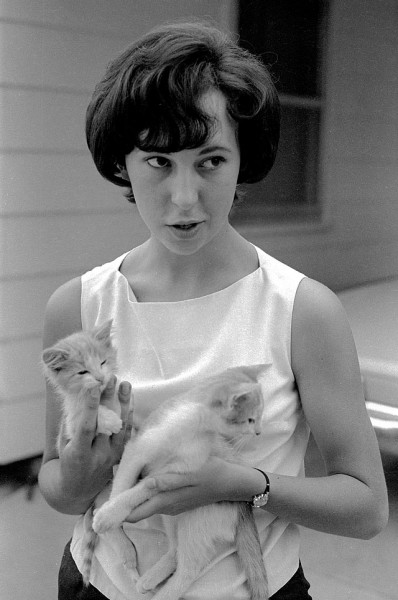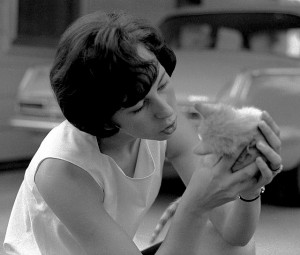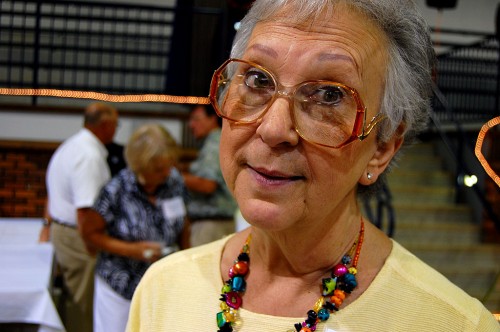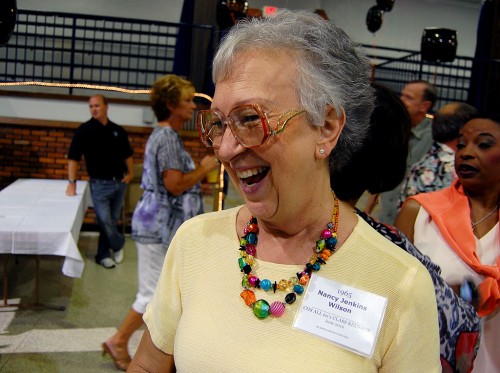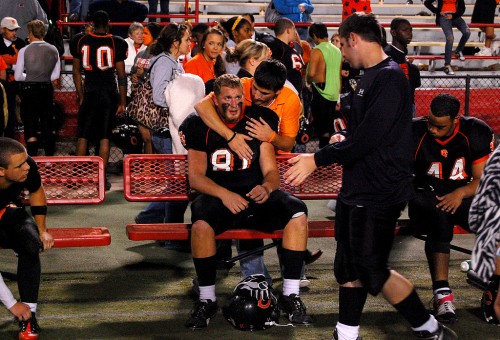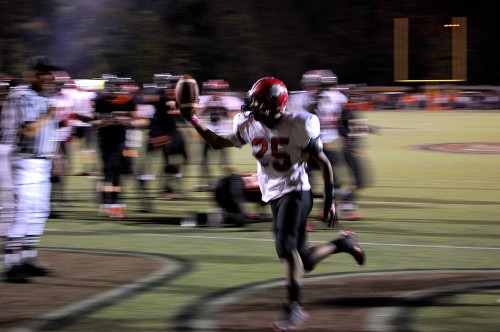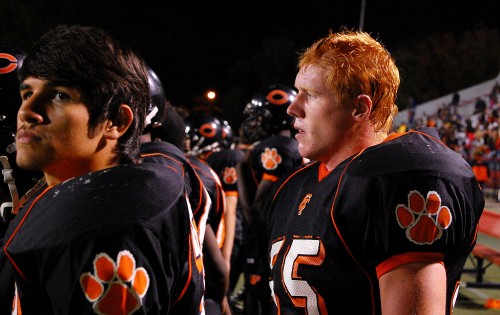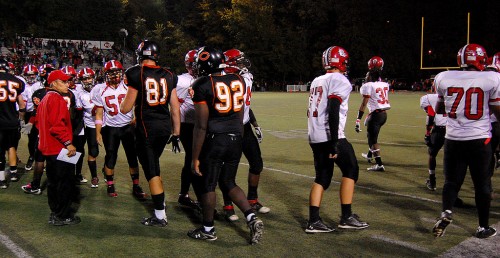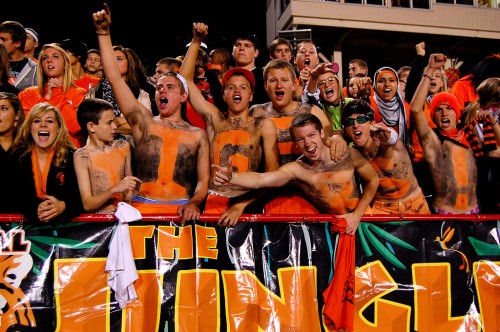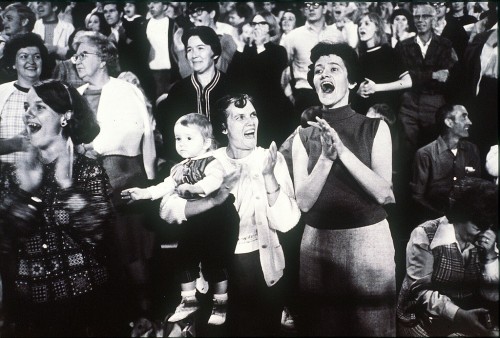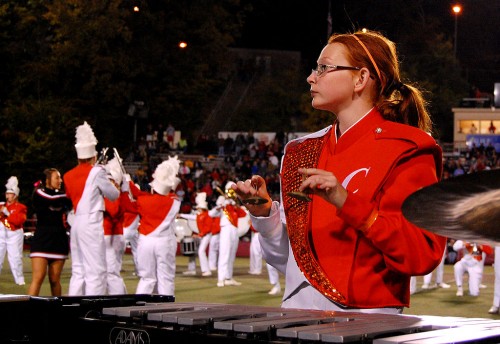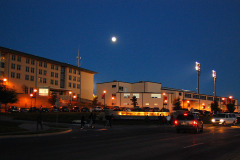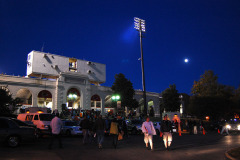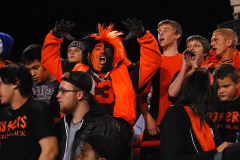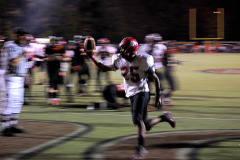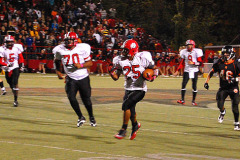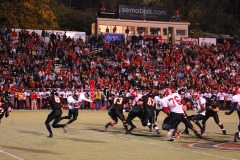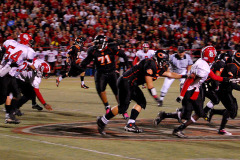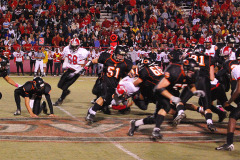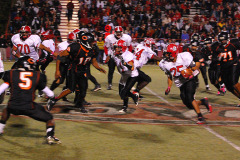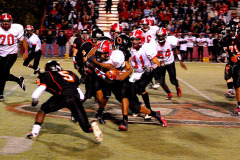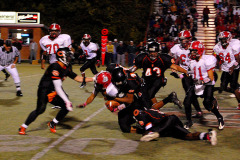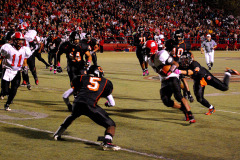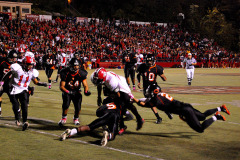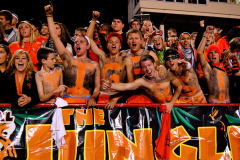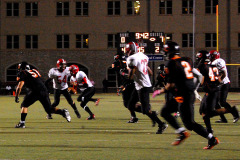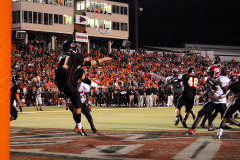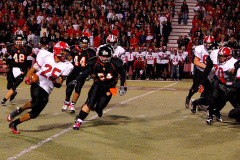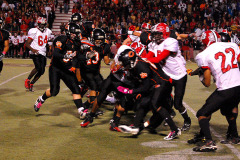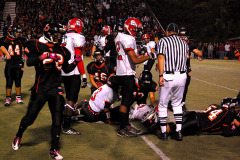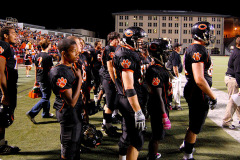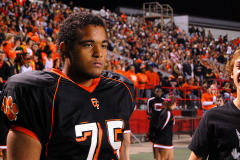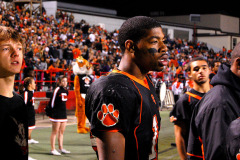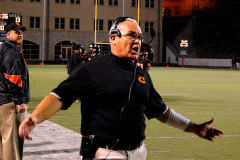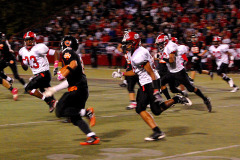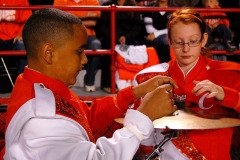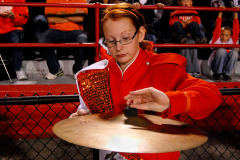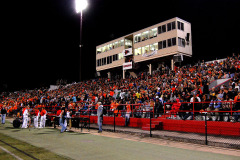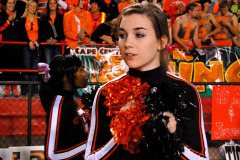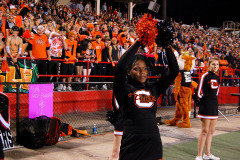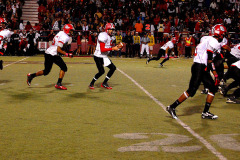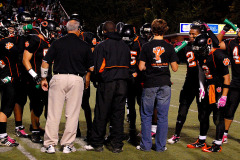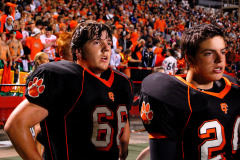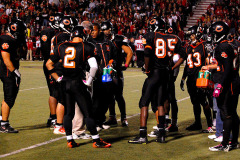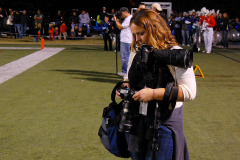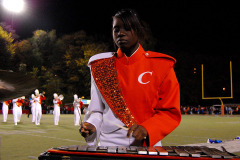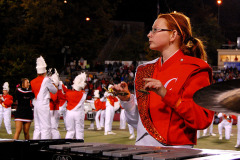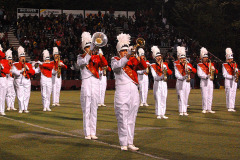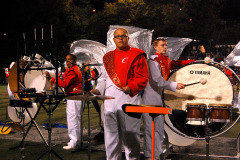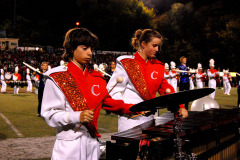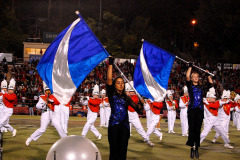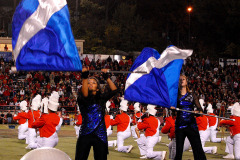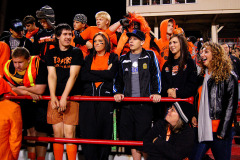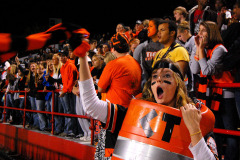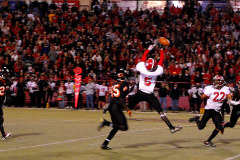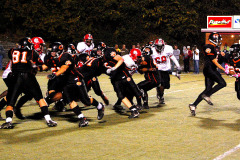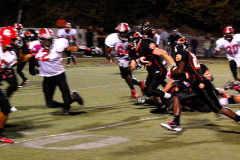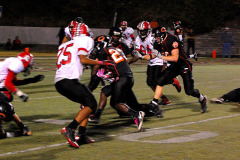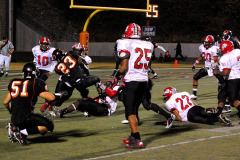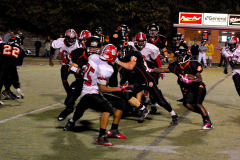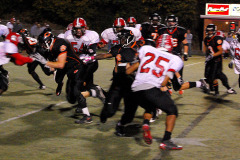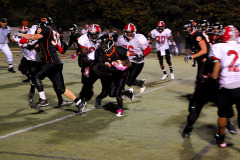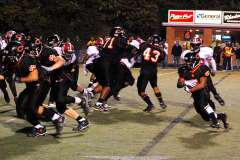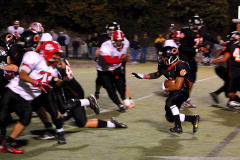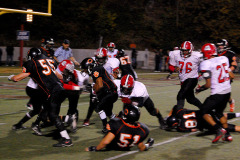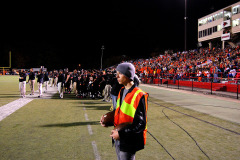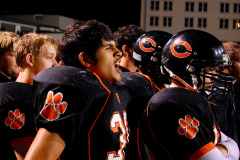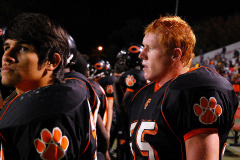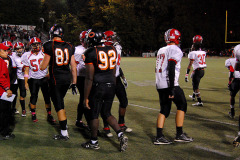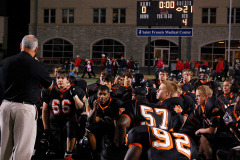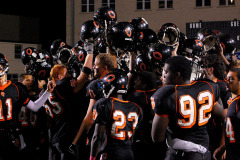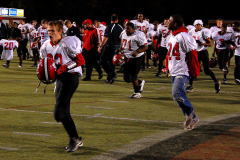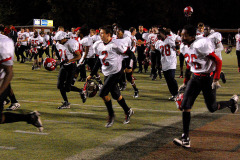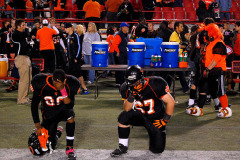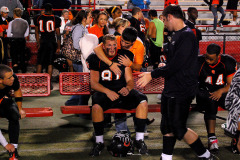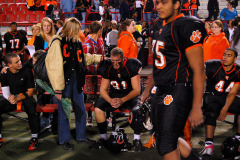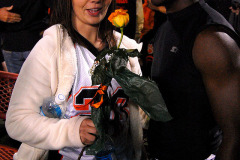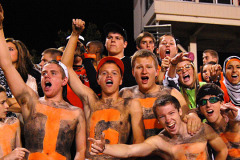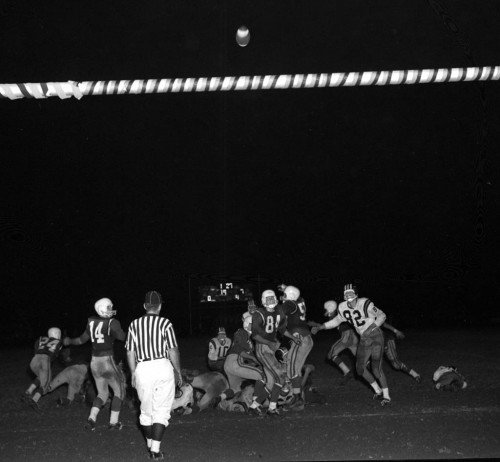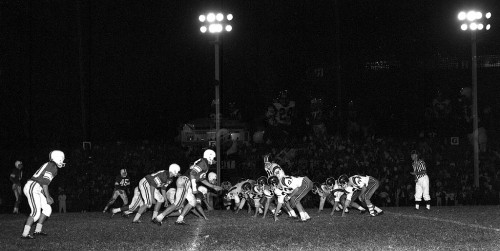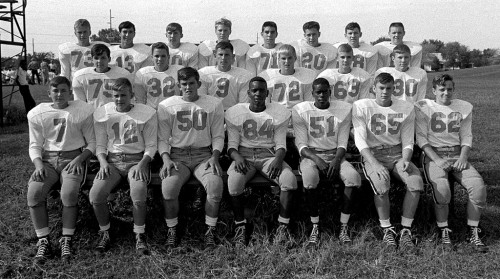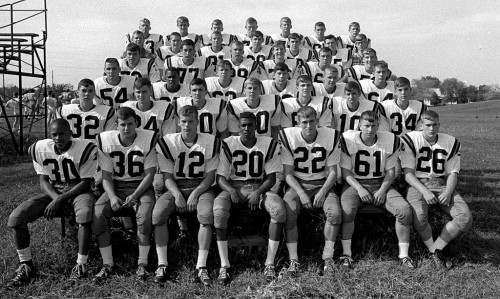 On the south side of the Cape Girardeau County Courthouse in Jackson, a World War I Private stands at parade rest with his rifle.
On the south side of the Cape Girardeau County Courthouse in Jackson, a World War I Private stands at parade rest with his rifle.
I thought it would be easy to uncover the history of the statue, but I ran into deadends and contradictions.
Memorial to The World War dead
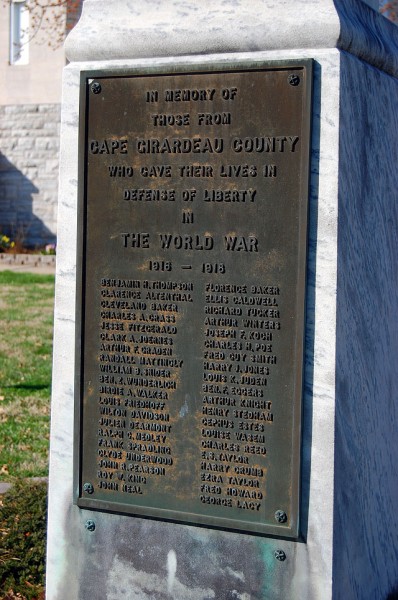 On the side of the statue is a bronze plaque with the words, “In memory of those from Cape Girardeau County who gave their lives in defense of liberty in The World War. 1916 – 1918”
On the side of the statue is a bronze plaque with the words, “In memory of those from Cape Girardeau County who gave their lives in defense of liberty in The World War. 1916 – 1918”
Beneath it is a list of 40 names. Interestingly enough, the name of Capt. George E. Alt is missing. He was an Englishman, who was born in Japan in 1870. He served in World War I, where he was killed in France under German fire. The Alt home was bought by Trinity Lutheran Church and renamed Trinity Hall. Some accounts say he was the first Cape County resident to die in the war.
War to End All Wars
The memorial was erected before we had to add Roman Numerals to our World Wars.
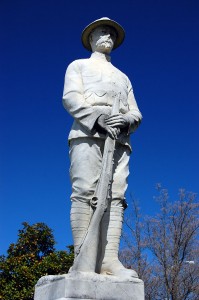 The Missourian editorialized on May 30, 1925: Legion Posts from all parts of the county assembled in Jackson to dedicate the memorial statue erected by the state and the county in memory of the young men and women who served in the world war, and who made as great a sacrifice as it is possible for citizens of America to make.
The Missourian editorialized on May 30, 1925: Legion Posts from all parts of the county assembled in Jackson to dedicate the memorial statue erected by the state and the county in memory of the young men and women who served in the world war, and who made as great a sacrifice as it is possible for citizens of America to make.
The statue in Court House Park in Jackson, while not a pretentious and costly shaft, will serve the purpose and will keep fresh in mind of all people the fact that when the country calls there is always a ready response, a condition that makes this the greatest nation on earth.
In the course of time we hope to see built in Cape Girardeau county a living memorial, one that will be an inspiration to the people to live better and have greater regard for the beautiful things in life. It was an ideal of citizenship that our your people fought for, and this ideal deserves to be carried out in the material things of our lives.
Statue history is confusing
Various stories in The Missourian had the statue made of various materials.
- Oct. 11, 1924 – “The county court has finally decided to erect the memorial to the Cape Girardeau county soldier dead. The monument, a beautiful statue of white marble, representing a doughboy in full uniform and equipment, has been reposing in a local marble works shop for several years. It is now to be placed on the courthouse lawn on a appropriate pedestal, on which will be placed a bronze plate bearing the names of the Cape county boys who made the supreme sacrifice in the World War.”
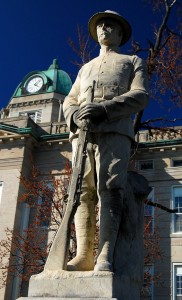 Nov. 27, 1924 – “The concrete foundation for the world war soldiers’ memorial has been completed and is now ready for the erection of the statue and the bronze plate to be placed on the base thereof. The monument will stand about the center of the southeast quarter of the court house lawn, and near it will be the unsightly cannon of ante-bellum vintage.”
Nov. 27, 1924 – “The concrete foundation for the world war soldiers’ memorial has been completed and is now ready for the erection of the statue and the bronze plate to be placed on the base thereof. The monument will stand about the center of the southeast quarter of the court house lawn, and near it will be the unsightly cannon of ante-bellum vintage.”- May 7, 1925 – “American Legion Posts throughout Cape Girardeau county are to participate in the dedication of the memorial to the war dead of the county at Jackson on Decoration Day, May 30… It is planned to have the program take up the greater part of the afternoon, and there will be a band, community singing and other features… The memorial is a statue of white Italian marble. It represents a soldier in full equipment, standing at ‘parade rest,’ and is life size. It is mounted on a five foot base of vermont marble. A bronze plate adorns one side of the memorial and on this plate are the names of the 40 men who lost their lives during the war. The statue cost approximately $2,200.”
- May 25, 1987 – “The World War I memorial on the south lawn of the County Courthouse, Jackson, … is made of cement.”
Who was Dennis O’Leary?
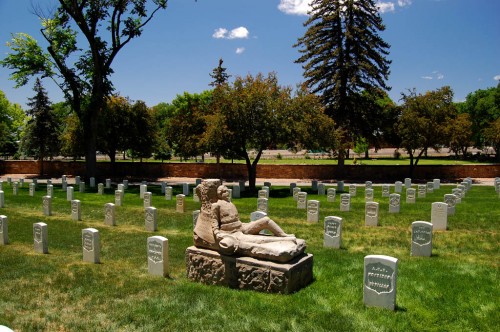 Jackson’s statue was of a generic soldier. Wife Lila and I ran into a this tombstone for Dennis O’Leary when we were looking for the graves of her father and her uncle in the National Cemetery in Santa Fe, NM. There must be a fascinating story about a highly detailed sculpture of a young soldier in full uniform in a cemetery with otherwise plain markers, right?
Jackson’s statue was of a generic soldier. Wife Lila and I ran into a this tombstone for Dennis O’Leary when we were looking for the graves of her father and her uncle in the National Cemetery in Santa Fe, NM. There must be a fascinating story about a highly detailed sculpture of a young soldier in full uniform in a cemetery with otherwise plain markers, right?
The only problem was that there are more questions about Dennis O’Leary than answers.

